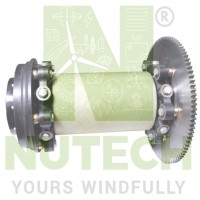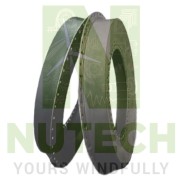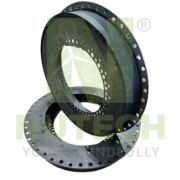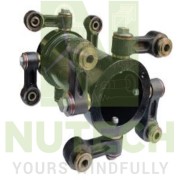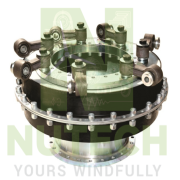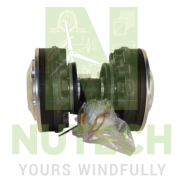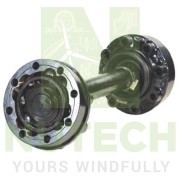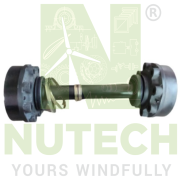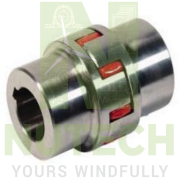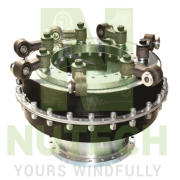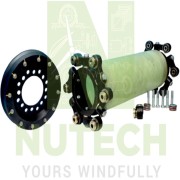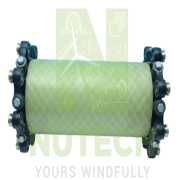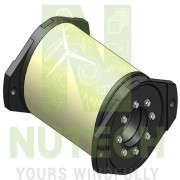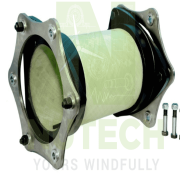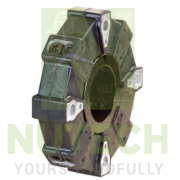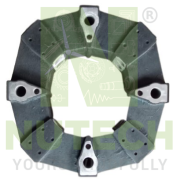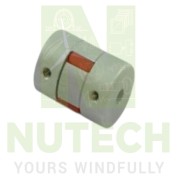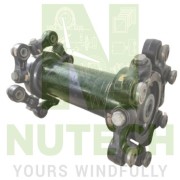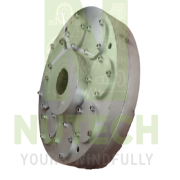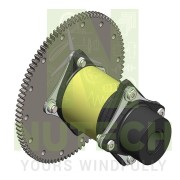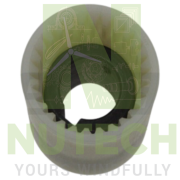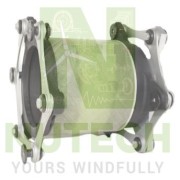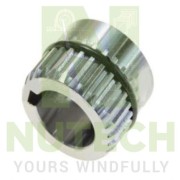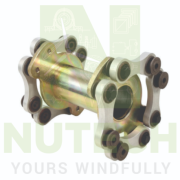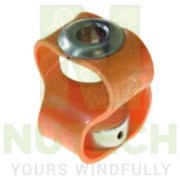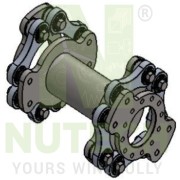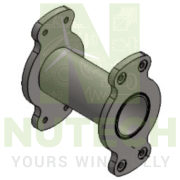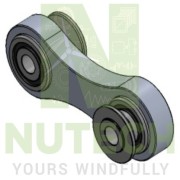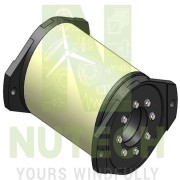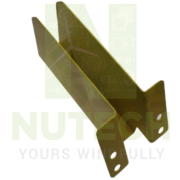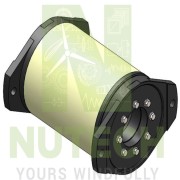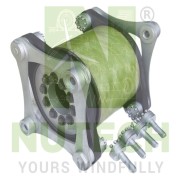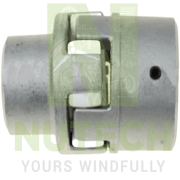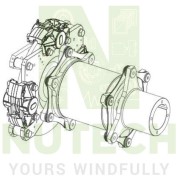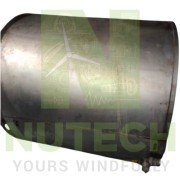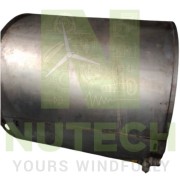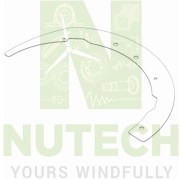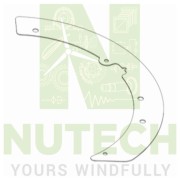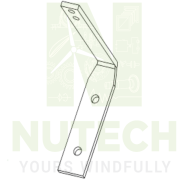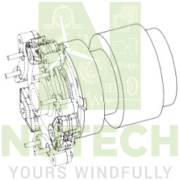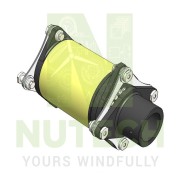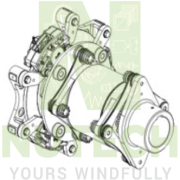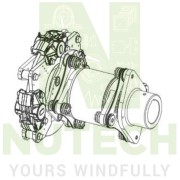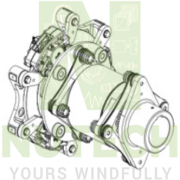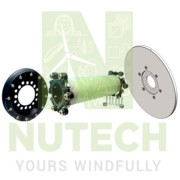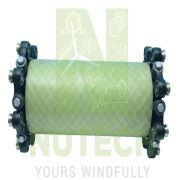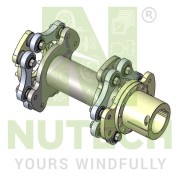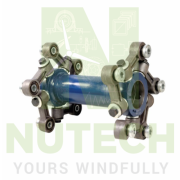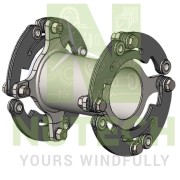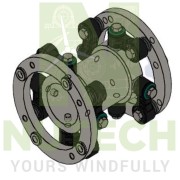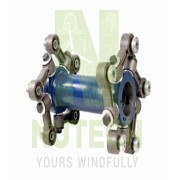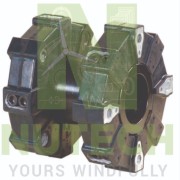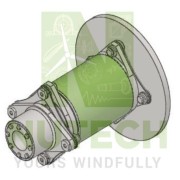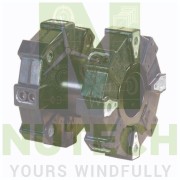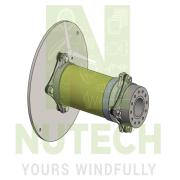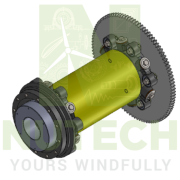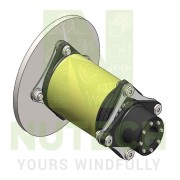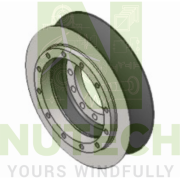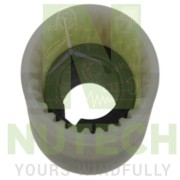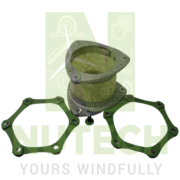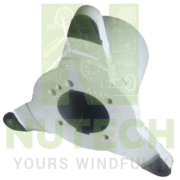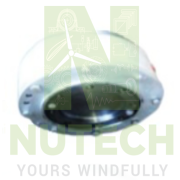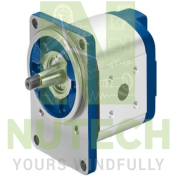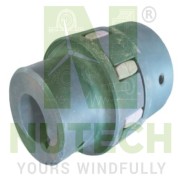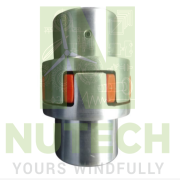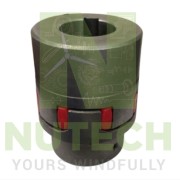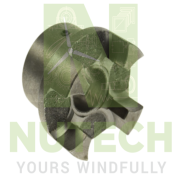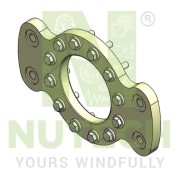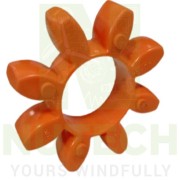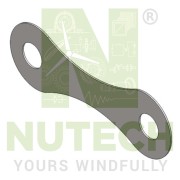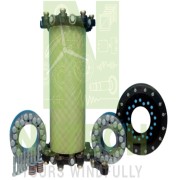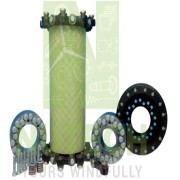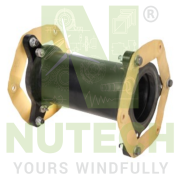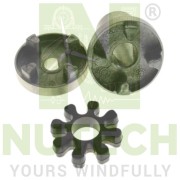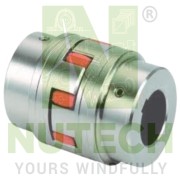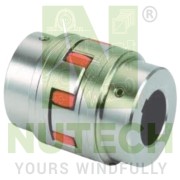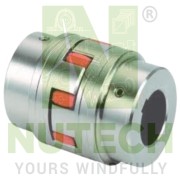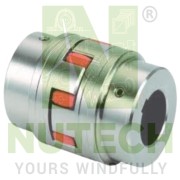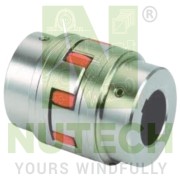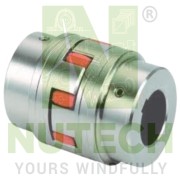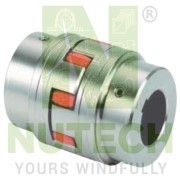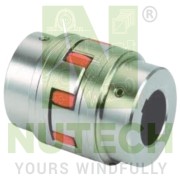- Home >
- Coupling Assembly
COUPLING ASSEMBLY
Ask PriceItem Code: NT/I105
UOM: NOS
Lead Time: PLEASE ASK US
WTG Model: INOX
WTG Capacity: 3 MW
OEM Code: RMEMSDC0356/CL W36
COUPLING ASSEMBLYA generator coupling is a mechanical device that connects the generator to the gearbox in a wind turbine. The coupling's job is to transmit the torque from the gearbox to the generator while allowing for some misalignment between the two shafts. This misalignment is necessary because the generator and gearbox are not perfectly aligned due to the wind turbine's tower and nacelle.
There are many different types of generator couplings available, but the most common type for wind turbines is the flexible coupling. Flexible couplings use a series of flexible elements, such as rubber or composite discs, to absorb the misalignment between the two shafts. Flexible couplings are also able to transmit high torques and are resistant to vibration and fatigue.
The generator coupling is an important component of a wind turbine and its failure can lead to costly downtime. Therefore, it is important to select a coupling that is properly sized and designed for the specific application.
Here are some of the factors to consider when selecting a generator coupling for a wind turbine:
- Torque: The coupling must be able to transmit the torque from the gearbox to the generator. The torque requirements will vary depending on the size and type of wind turbine.
- Misalignment: The coupling must be able to accommodate some misalignment between the two shafts. The amount of misalignment that can be accommodated will vary depending on the type of coupling.
- Vibration: The coupling must be able to withstand the vibration generated by the wind turbine. The vibration levels will vary depending on the size and type of wind turbine.
- Fatigue: The coupling must be resistant to fatigue. The fatigue life will vary depending on the type of coupling and the operating conditions.
Once the factors have been considered, a suitable coupling can be selected. It is important to consult with a qualified engineer to ensure that the correct coupling is selected for the specific application.
Here are some of the most common types of generator couplings used in wind turbines:
- Flexible couplings: Flexible couplings use a series of flexible elements, such as rubber or composite discs, to absorb the misalignment between the two shafts. Flexible couplings are the most common type of generator coupling used in wind turbines.
- Rigid couplings: Rigid couplings do not have any flexible elements. They are typically used in smaller wind turbines where the misalignment is not as great.
- Torque limiters: Torque limiters are devices that are used to protect the generator from excessive torque. They are typically used in larger wind turbines where the torque loads are high.
The type of generator coupling that is used will depend on the specific application. It is important to consult with a qualified engineer to ensure that the correct coupling is selected for the specific application.


